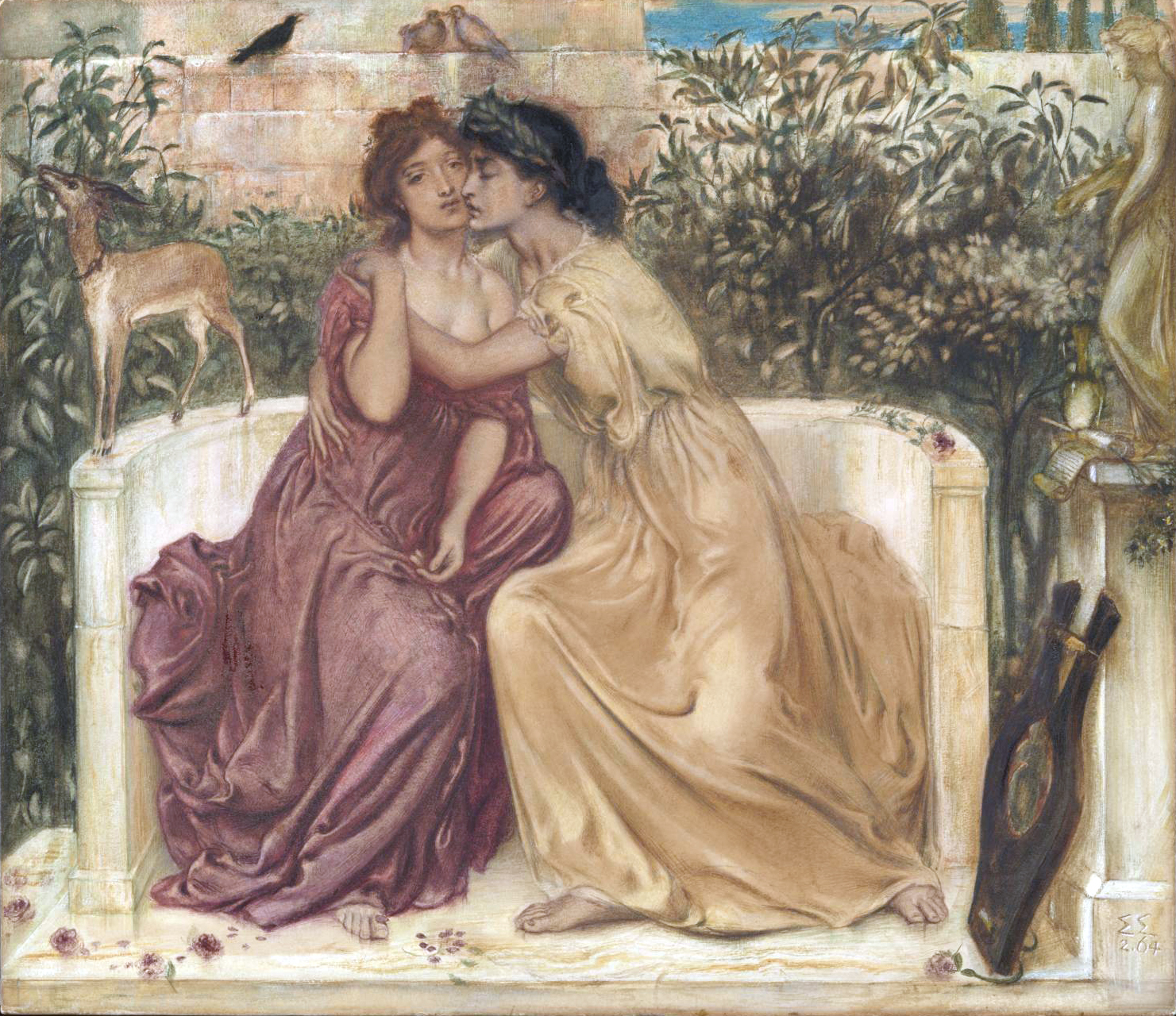Reseña
Lyrical poetess, precursor of Hellenistic poetry. Her style and command of hexameters, as well as her language, Doric, make her heiress of the Hippocratic or Coan school, where she probably studied. In her work, the influence of the great poetess Sappho's lyric is perceived (in one way or another, all subsequent poets are Sappho’s heiresses). That is why there are Aeolicisms in her verses, terms which are typical of the Aeolian, which was Sappho's language and that of lyrical poetry. She was included in the first "canon" of Greek women's poetry, the work of Antipater of Thessalonica; a statue was dedicated to her and she inspired later authors such as Theocritus and Catullus.
Justificaciones
- Lyrical poetess, precursor of Hellenistic poetry.
- She is one of a group of voices described as the first "canon" of female lyric poetry in ancient Greece _epigram AP IX 26 attributed to Antipater of Thessalonica_, where she is listed as one of the nine Muses.
- The latter, together with the fact that a sculptor made a statue of her, suggests that she was admired in her time.
- She was a source of inspiration for great poets such as Theocritus or Catullus.
Biografía
Erinna was a Greek poetess from the 4th century BC, precursor of Hellenistic poetry. Her hometown is uncertain, but the latest studies in this regard make her originally from the island of Telos, current Tilos. She wrote in the Doric dialect, using hexameters (which is the verse of epic poetry) loaded with Aeolicisms. Only a few fragments of his work remain: about 26 readable hexameters, out of a total of 54, have survived of her poem The Distaff, -found on a papyrus from the 1st century BC, which was discovered in 1928. The Byzantine Suda encyclopedia, written in the 10th century, claim that the poem originally had 300 hexameters- and some epigrams.
The Distaff, also cited in the Palatine Anthology, is a heartfelt lament by the author after the death of her friend, Baucis, which occurred immediately after she got married. Her verses contain moving memories of their shared childhood: ball games or the turtle game, working on the distaff, and other memories, such as childhood fears. In this regard, she mentions the bogeywoman Mormo, a female genie that children were threatened with at the time. In the poem, she is identified with Baucis' husband, whom she blames for her friend’s death. She also regrets not being able to see her corpse.
Although we do not have much news about her life, it seems that she died very young and that she wrote The Distaff at the age of 15.
She was included in the first "canon" of Greek female lyrics, in an epigram written by Antipater of Thessalonica; a statue was dedicated to her and she inspired later authors such as Theocritus and Catullus.
Bibliografía
-Di Sabato de Polito, Ana (1998) Las Poetas de La Antigua Grecia (Antología bilingüe). Caracas: Ed. Angria Ediciones
-Mayor Ferrándiz, María Teresa (2000) “Erina, el llanto por el paraíso perdido”, UNED, Facultad de Filología, (retrieved on 5th May 2021), <http://revistas.uned.es/index.php/EPOS/article/view/10160/9699 >
-Vara Donado, José (s.f.) “Notas sobre Erina”, InterClassica, Universidad de Murcia, (retrieved on 5th May 2021), <http://interclassica.um.es/>
-Las diosas y las nubes, (retrieved on 5th May 2021), <https://diosas-nubes.blogspot.com/2008/06/erina-y-su-rueca.html >
-Poesía y otras zarzas, (retrieved on 7th May 2021), <https://poesiayotraszarzas.blog/2020/06/30/erina-de-telos/>
-Wikipedia, (retrieved on 5th May 2021), Antología palatina - <https://es.wikipedia.org/wiki/Antolog%C3%ADa_palatina >
Enfoque Didáctico
-Classical culture: Block Classical roots of today's world. Everyday life; Block Continuity of cultural heritage. Literature (Poetry), art and science.
-Greek Baccalaureate: Block The text: comprehension and translation; Block Literary education.
-Spanish Language and Literature ESO: Literary Education Block.
-Universal Literature 1st Baccalaureate: Interpretation of Greek period fragments of different genres and themes.
Documentos
